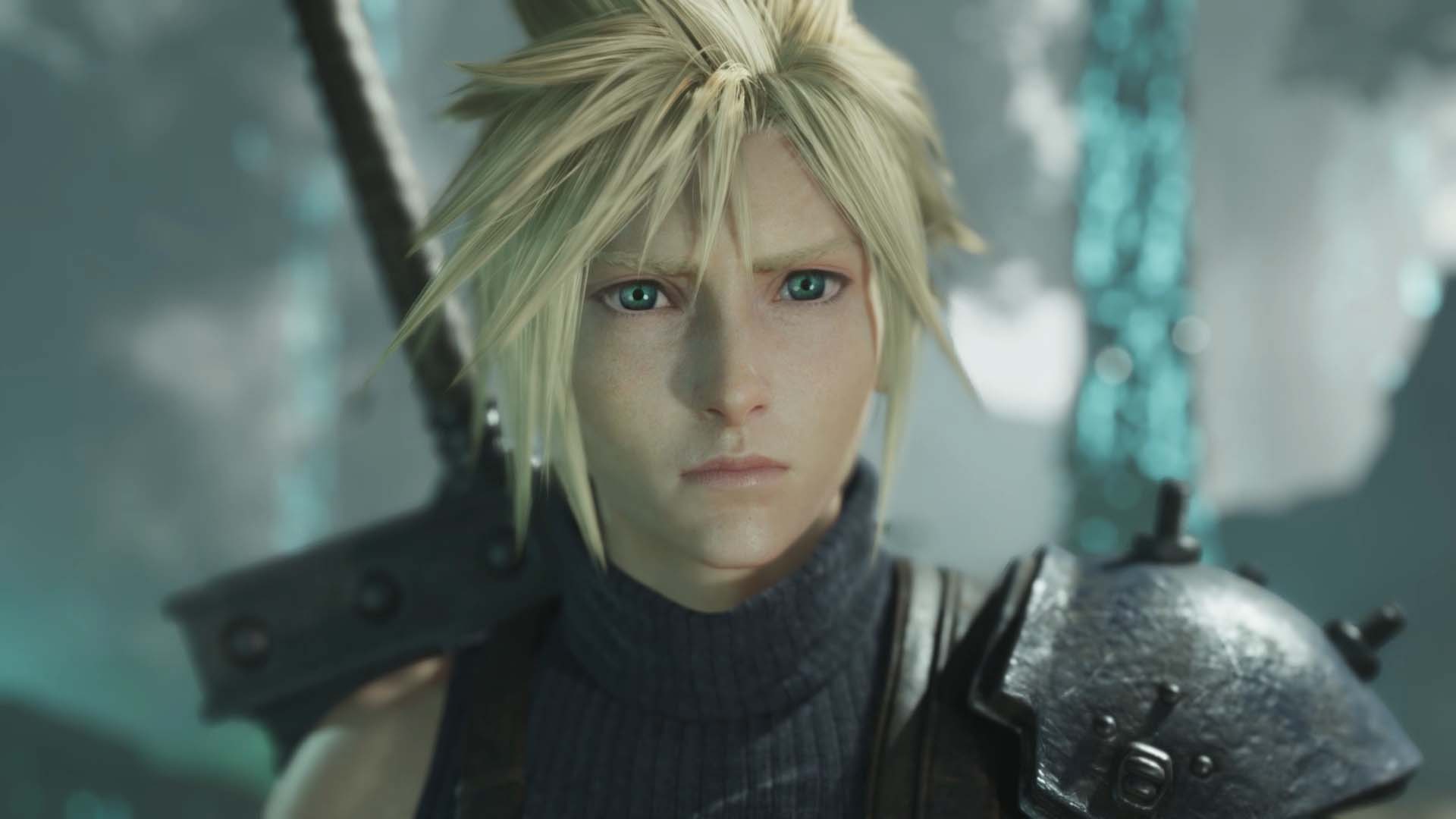TechRadar Verdict
Final Fantasy 7 Rebirth is a loving recreation of the original’s second act, elevated by an impressive level of commitment and confidence and only held back by the occasional wobble.
Pros
- +
Exceptional narrative design and pacing
- +
Fluid and well-developed combat
- +
Captivating characters with impeccable chemistry
Cons
- -
The occasional setpiece falls flat
- -
Story deviations may irritate purists
Why you can trust TechRadar
Platform reviewed: PS5
Available on: PS5
Release date: February 29, 2024
Final Fantasy 7 Rebirth is dense, rewarding, and confident in the tale it’s telling. Dramatic, playful, and dynamic, action role-playing game (RPG) Rebirth takes a cavalier attitude to its storytelling and mechanics - a move that almost always pays off. The well-paced and intriguing storyline is punctuated by satisfying character moments and thrilling battles, only let down by the rare half-baked idea that doesn’t quite hit the mark.
On his quest to stop the villainous Sephiroth from destroying the world, protagonist Cloud has an entourage of varied and well-realized companions, each with their own distinctive personalities, goals, and ambitions. The dialogue between these characters is memorable, moving, and often humorous, too.
Banter between party members is defined by an organic sense of chemistry that’s rare beyond the likes of Baldur’s Gate 3. High-quality facial animations complete with tentative lip twitches and lingering glances help enrich the game’s sense of drama and emotional stakes, creating a memorable and poignant experience.
Those who fight further
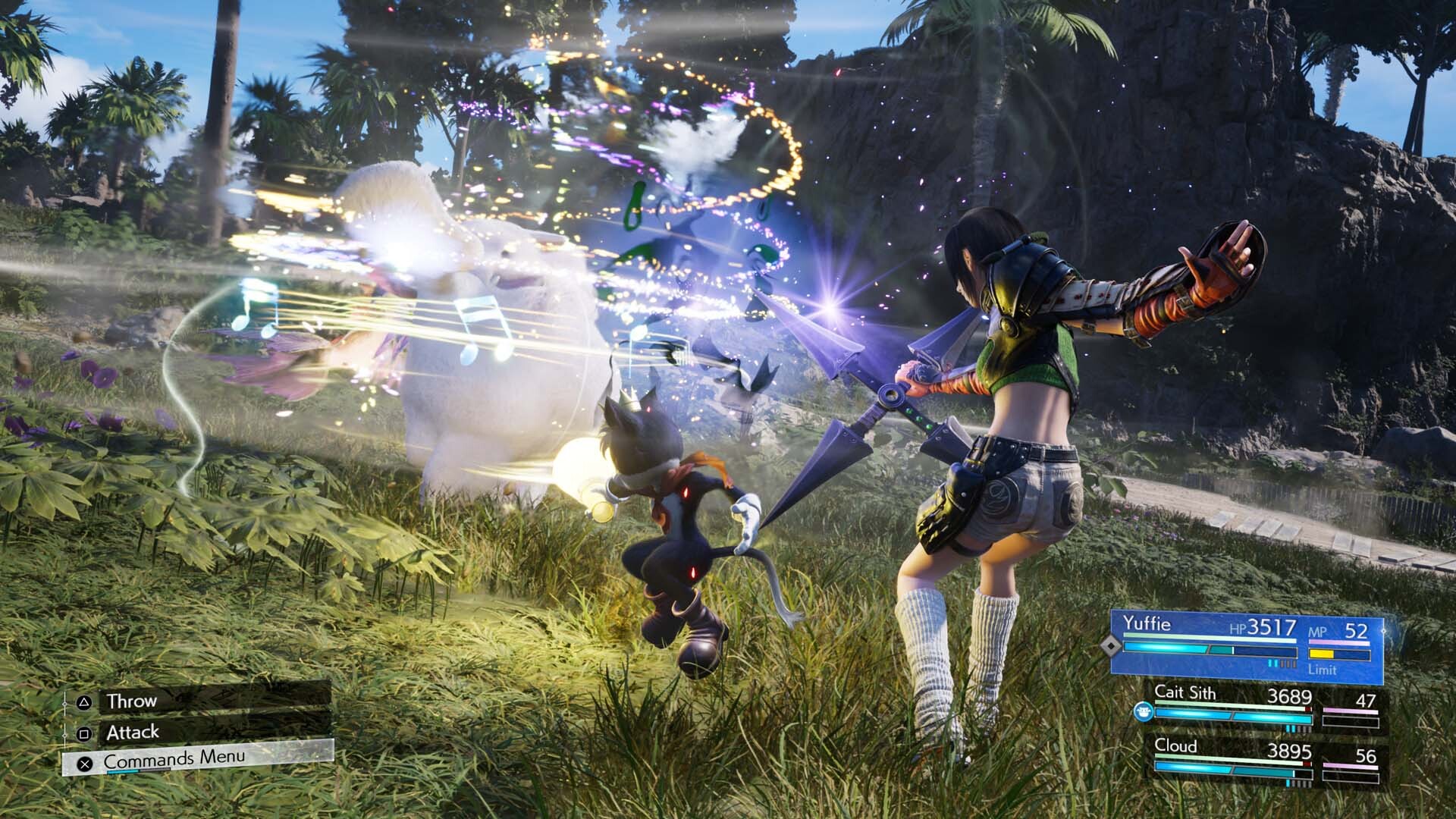
Rebirth’s predecessor Final Fantasy 7 Remake famously dispensed with the original Final Fantasy 7’s turn-based battle system in favor of a hybrid setup that features pausable real-time combat. Rebirth doubles down on this change, offering battles that feel not only strategic but also fluid and responsive. Every aspect of the combat has been iterated upon. Characters move more deliberately, their dodges and parries feeling lifted from an action game proper rather than an RPG dressed up as one. A perfect parry will even render you immune to damage for a short time - a brave new mechanic that keeps players on their toes.
This dynamism makes customization more meaningful, a feat that Rebirth delivers by offering oodles of Materia, which can be equipped to give your characters access to different passive and active abilities. This fleshes out the strategic layer in combat. As you battle, you’ll build up ATB - action points that you can cash in for specific spells or abilities. With the touch of a button, combat is paused, allowing you to execute these moves. This is a source of endless meaningful decisions and helps create joyful friction, keeping things fresh and engaging even during more routine battles.
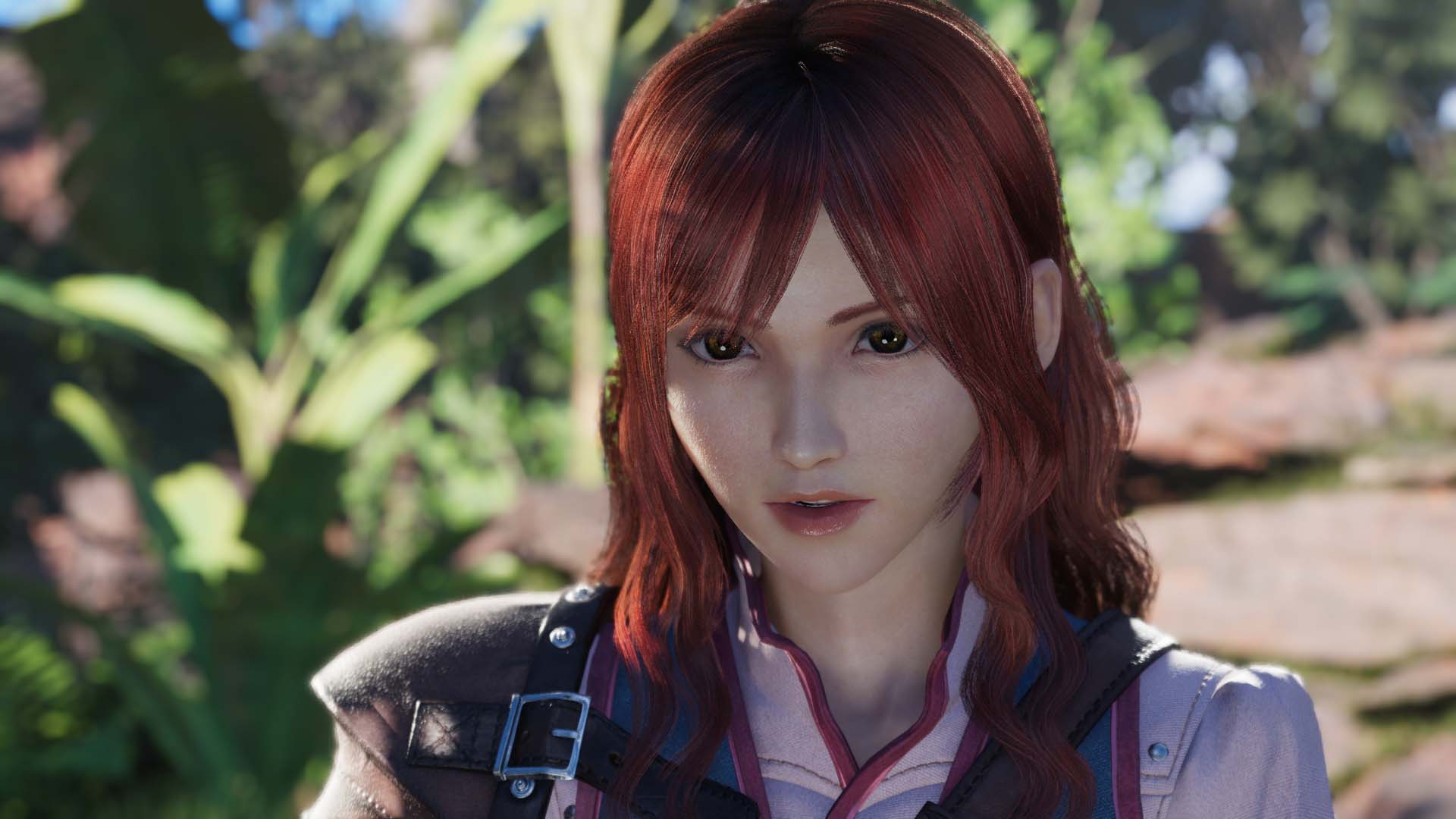
Fighting a giant mech on top of a Mako reactor was particularly memorable, as were the pilot’s hammy monologues. Fraught with dramatic tension, stunning visuals, and nail-biting combat, this battle highlighted everything there is to love about Final Fantasy spectacle.
As you battle, you’re able to rapidly switch between different party members, taking control of Cloud’s companions with ease. Each playable character handles very differently in battle, helping not only to add a sense of variety but also to reinforce the characters’ own personalities.
The stalwart, reliable Barret is slow-moving. His dodge has a shorter range than his allies, but he makes up for this by being tough as nails, slowly but surely advancing as his gun arm spits hot lead. Red XIII moves rapidly, like a wild animal; his unique ‘Vengeance’ mechanic rewarding him for taking risks and successfully blocking attacks. Aerith is a deliberate and methodical spellcaster, placing glyphs on the ground to control the battlefield, and supporting her allies with consistent stability - much like she does outside of combat, too. In dialogue scenes, Aerith acts as the backbone of the party, guiding her friends with a sense of purposeful compassion. Seeing this mirrored in Rebirth’s combat is a real treat.
Sign up for breaking news, reviews, opinion, top tech deals, and more.
It’s the little things
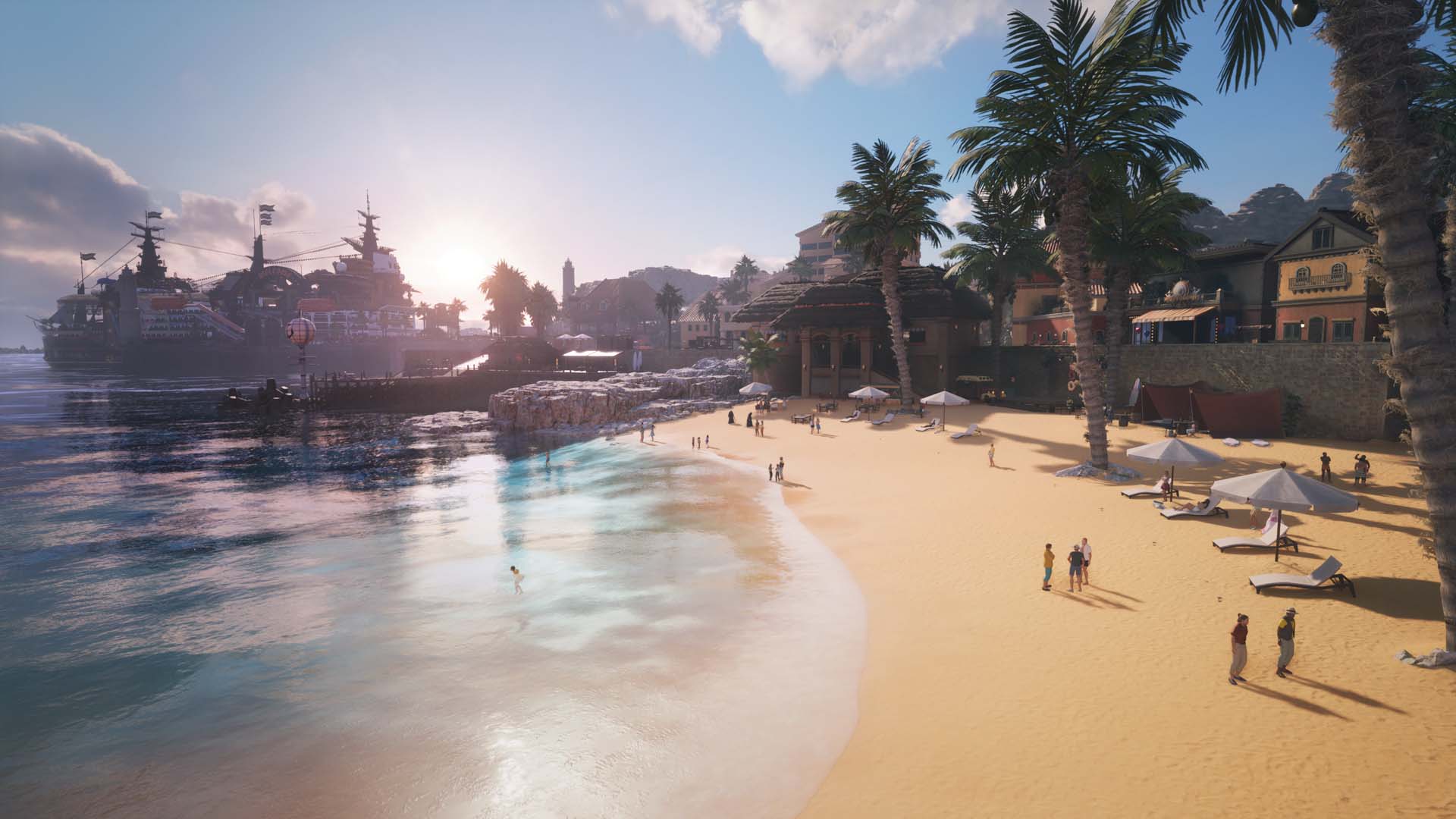
Unlike Final Fantasy 7 Remake which took place in the packed megapolis of Midgar, Rebirth has you travel beyond its walls, exploring an expansive semi-open world. However, rather than using this as a way to shoehorn in dozens of tedious sidequests and extraneous tasks, developer Square Enix designed Rebirth’s explorable zones with a sense of restraint. While there are plenty of side-quests, they tend to exist in short, sharp bursts, amounting to bite-sized mini-games or battles with optional objectives. Never do these diversions distract from the weight of the main storyline.
Some side-quests do seem dull on paper; you’ll sometimes be tracking down a missing item or escorting something across the map. What gives these missions texture, however, is how each of them focuses on a specific one of Cloud’s companions, using the side-quest as a pretext for meaningful character interactions.
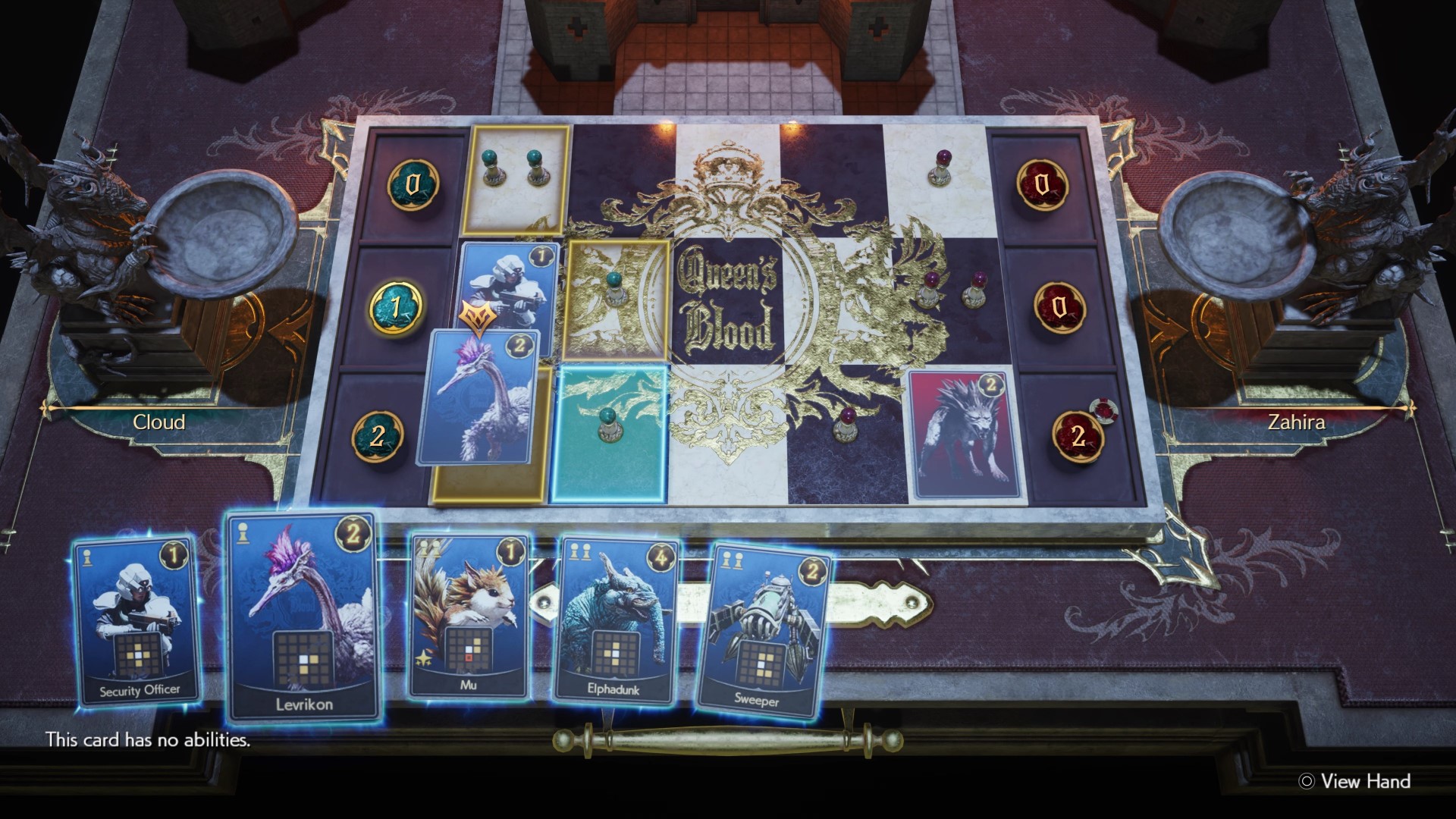
What could be an uninspired escort quest in Junon quickly becomes something more when it causes Barret to raise concerns about his attitude toward parenthood and his anxieties around his daughter growing up. Parts of the conversation are played for laughs, with Barret comedically lamenting his daughter “flying the nest,” but there’s a real overtone of emotional sensitivity and nuance, too.

Final Fantasy 7 Rebirth is light on accessibility features but not without plenty of options for camera customization. Screen shake can be toggled and camera distance and responsiveness can all be adjusted to suit tastes. There are also multiple difficulty levels, including ‘Dynamic’ which adjusts automatically based on your performance.
Not every side activity benefits from Square Enix’s more restrained approach, though. The occasional task remains a chore. Though almost all of the mini-games make for amusing distractions, some fall flat. Highlights include the Chocobo racing game, a loving send-up of Mario Kart 8, and Queen’s Blood, Final Fantasy 7 Rebirth’s deep and rewarding collectible card game.
Unfortunately, there are moments where the RPG overreaches. In one dire section, the player must use the DualSense controller touchpad to throw blocks around a dungeon to activate switches and solve puzzles. The section is derivative and torturous - a half-baked idea that is given center stage for a tedious half-hour due to the RPG’s unabashed (and occasionally misplaced) confidence.
Never-ending story
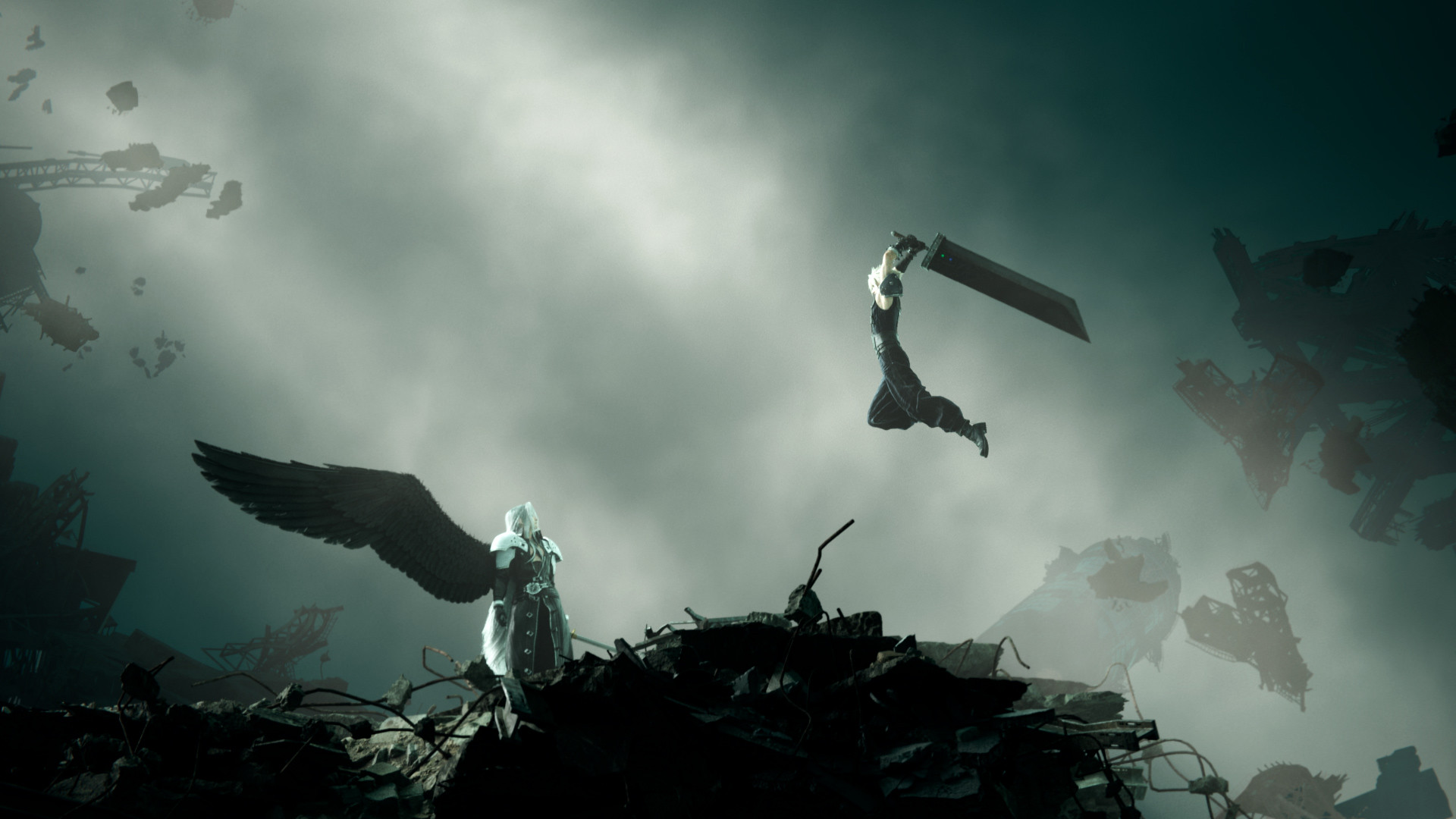
Rebirth shows similar confidence when it comes to storytelling, almost always with strong results. Like an industrial drill slowly breaking through layers of concrete, the RPG retells Final Fantasy 7’s second act with consistent momentum. Open-world sections are broken up by hub towns and dungeons, all of which give Rebirth a pleasing ebb and flow where tension can build and fall across an accommodating backdrop of varying environments and contexts.
Rebirth’s core characters grow and change throughout, their personalities reshaped under the deliberate weight of the RPG’s tightly constructed central story. For instance, as he did in the original, Cloud is forced to confront questions surrounding his identity and sense of self. What’s masterful about Rebirth is how seamlessly the stakes rise. As Sephiroth increasingly uses his supernatural influence to control Cloud, it feels like a frog slowly boiling in a pot, unaware that it’s overheating until it’s too late.
The remake trilogy is sticking to its guns - a move that’s worthy of respect
The tale Rebirth has to tell does differ from what’s offered in the original. While these differences seem minute for the vast majority of the story, the RPG’s final section is a high-concept set piece worthy of Kingdom Hearts 3 or Death Stranding in its simultaneous display of artistic bravery and obtuseness. The final act of Final Fantasy 7 Rebirth will ignite the internet with fan theories. While some will find it distasteful, it’s clear that the remake trilogy is sticking to its guns - a move that’s worthy of respect.
Final Fantasy 7 Rebirth proves that the remake trilogy isn’t a remake in the strictest sense. However, if you’re looking to go on another thrilling adventure with Cloud, Tifa, Aerith, Barret, Yuffie, and Red XIII, then you’ve come to the right place - just don’t expect it to be the adventure you’re used to.
Since our initial review of Rebirth, we have thoroughly enjoyed playing the game on PS5 Pro, where it benefits from the premium console's extra power and transforms into one of the best PS5 Pro games, and is a game we thoroughly recommend playing on Sony's latest console if you're thinking of upgrading.
Looking for other immersive titles? Check out our lists of the best RPGs and the best story games.

An editor and freelance journalist, Cat Bussell has been writing about video games for more than four years and, frankly, she’s developed a taste for it. As seen on TechRadar, Technopedia, The Gamer, Wargamer, and SUPERJUMP, Cat’s reviews, features, and guides are lovingly curated for your reading pleasure.
A Cambridge graduate, recovering bartender, and Cloud Strife enjoyer, Cat’s foremost mission is to bring you the best coverage she can, whether that’s through helpful guides, even-handed reviews, or thought-provoking features. She’s interviewed indie darlings, triple-A greats, and legendary voice actors, all to help you get closer to the action. When she’s not writing, Cat can be found sticking her neck into a fresh RPG or running yet another Dungeons & Dragons game.
